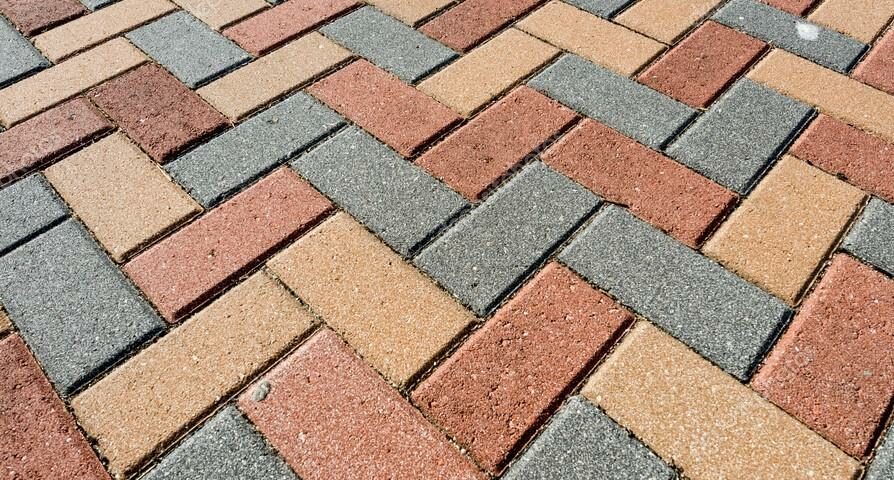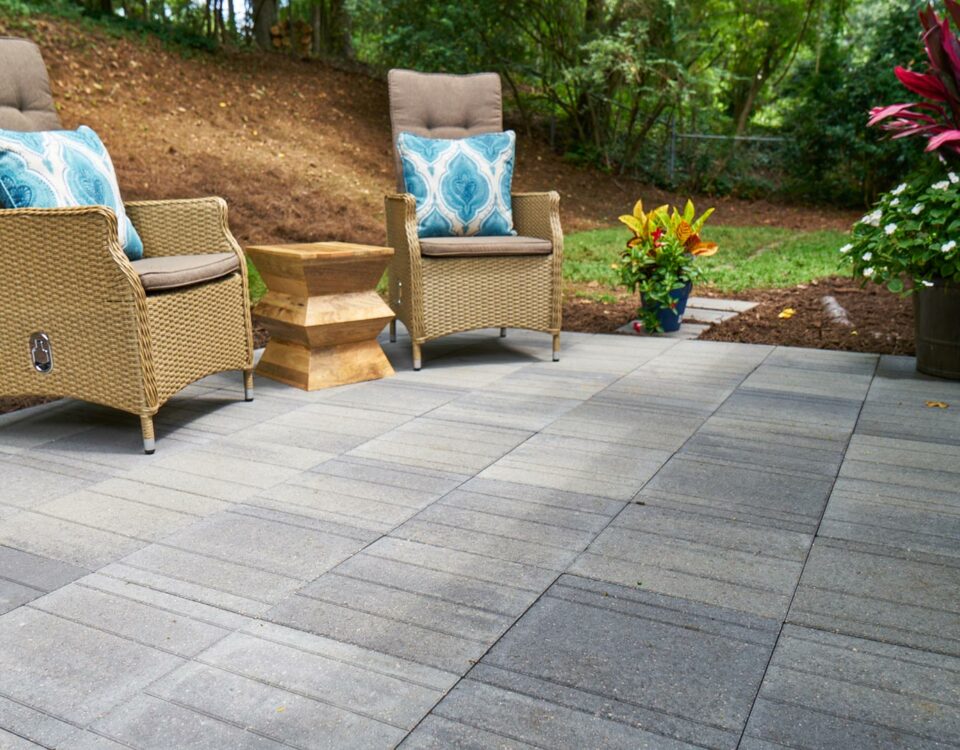
Genius Ideas to Transform Your Backyard Into an Outdoor Paradise
April 6, 2023
Benefits of Using Interlocking Pavers for Your Installation
April 7, 20239 Tips for a Successful Pavers Installation
A well-designed and installed paver patio or walkway can make any outdoor space more comfortable and beautiful. However, a good installation requires a little bit of planning and a lot of hard work.
Here are 10 tips that will help you ensure your next paver installation project goes smoothly, and is a success:
1. Prep the base correctly
One of the most important steps in any paver installation is to make sure the ground is properly prepared before laying your pavers. Properly prepared gravel or sand is essential to keep your pavers from sliding, and to allow the ground below to drain properly.
2. Excavate the area appropriately
The size of the base that you will need to install your pavers is dependent on how much traffic will be walking on it. Generally, spaces that will only be exposed to foot traffic need about 4-6″ of base material, while driveways or projects in very wet soil may require up to 12″.
3. Use the correct amount of sand
Paver sand is used as a filling layer for the joints between the pavers before you lay them down. It helps to deter weeds, allows drainage and stabilizes the pavers. To achieve the desired level of sand, pour it onto the pavers and sweep it into the cracks until it is completely filled.
- Lay the pavers in a pattern that works for you
After you’ve excavated and poured the sand, it’s time to lay out your pavers. Ideally, you’ll lay them along a hard edge, such as the outside wall of your house, the edge of your patio or a driveway, or a fence or deck.
5. Maintain precision when laying the pavers
When you lay the pavers, make sure to keep them perfectly straight from the very first step all the way through the job. This will ensure a neat and clean finished product, and it’s also a good idea to measure every few feet so that you don’t accidentally skip a line or two as you’re working outward.
6. Lay the pavers in a proper pattern
You’ll want to follow your chosen pattern as closely as possible. This will ensure your pavers are aligned in a way that looks great and is easy to maintain, since they’ll stay in place over time without requiring any additional maintenance.
7. Restrain the edges
All paver jobs need to be restrained in some way, whether that’s a concrete block wall, a sill of a garage, or an edging system like a spiked mesh or plastic.
8. Avoid using a plate compactor
A plate compactor is a useful tool for setting your pavers firmly, but it’s not something most homeowners have at home. Fortunately, you can rent one at most home improvement stores.
9. Lay the pavers with a smooth face
A paver’s smooth surface will look a lot better than one that is jagged or rough, and will last longer as well. If you’re unsure of how to do this, ask a contractor or landscaping professional to help you.




